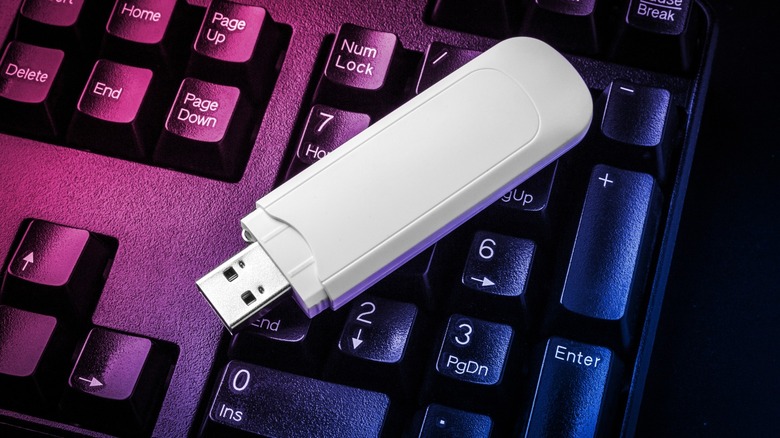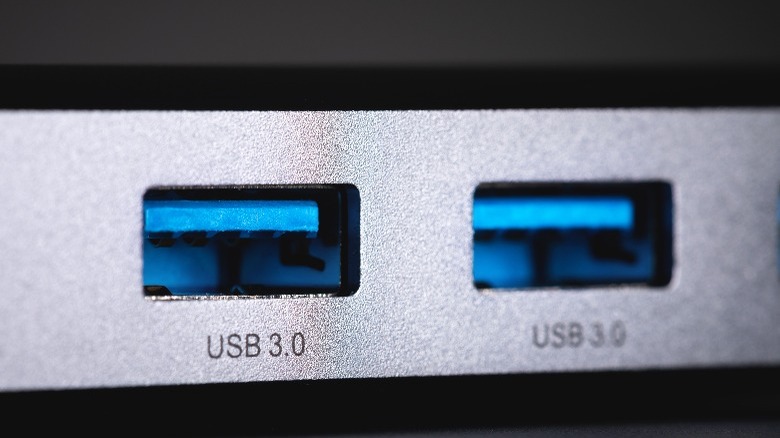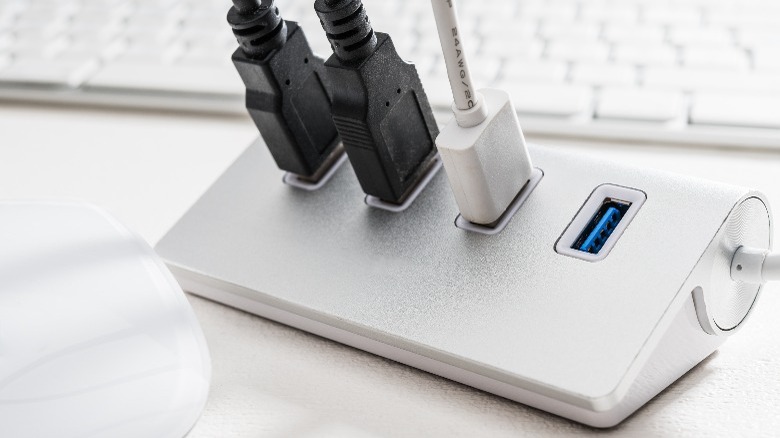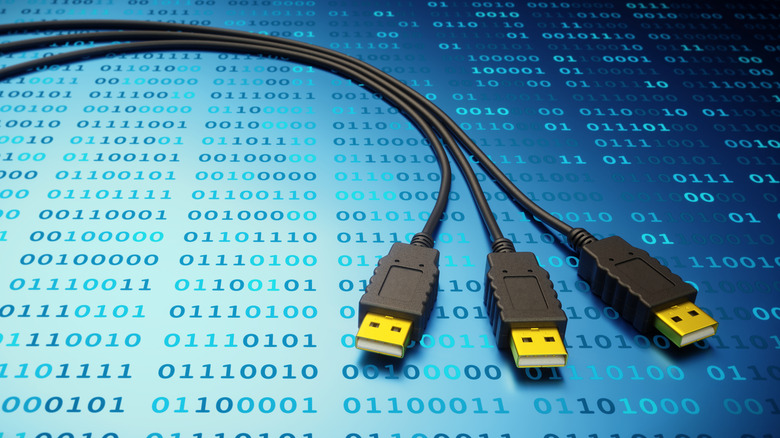What's The Difference Between USB 2.0 & 3.0 And How Can You Tell Them Apart?
The Universal Serial Bus, or USB for short, was introduced in 1996 as a solution by technology giants like Microsoft and IBM. The idea was to make connecting hardware to computers less of a hassle and to maximize their compatibility across PCs from different manufacturers. The release of USB 2.0 introduced a much faster data transfer rate and soon became the golden standard for peripherals and accessories.
The USB 3.0 specification was announced in 2008 and remains a solid choice for transferring files quickly and reliably between devices. Most external hard drives and pen drives use USB 3.0 speeds to their advantage, which makes them compelling as media storage and playback devices.
While newer protocols are being adopted, as can be seen with all the fuss about USB-C, most peripherals and cables still rely on the older USB 2.0 and 3.0 standards. Although both these interfaces seem identical, the latter offers substantial improvements in performance, capabilities, and efficiency — and understanding these differences is essential before purchasing new gadgets or data cables.
Significant bump in numbers
USB 2.0 debuted with a maximum data transfer rate of up to 480 Mbps, a generational improvement over USB 1.0 and 1.1. While the advertised speeds aren't fancy, you can reliably use thumb drives or even cheaper external HDDs to store files of smaller volumes. Devices with a USB 2.0 slot can output up to 500 mA, which typically isn't enough to power accessories like network adapters that work best with ports that support high bandwidths.
USB 3.0 offers a tenfold increase in data transfer rates, peaking at a theoretical maximum of 5 Gbps. This interface also supports a full-duplex system that lets you transfer data to and from a connected device simultaneously — this is a notable limitation with older USB standards where data transmission can only go one way at a time. USB 3.0 also has a slightly higher power output of up to 900 mA, and while we wouldn't recommend charging your phone using a laptop when time is a constraint, you can rely on this improved interface to juice up smaller gadgets like wireless earphones or smartwatches.
How to spot the differences
There are a few ways to differentiate USB 2.0 and 3.0 ports and connectors. The easiest way is to check if the USB port has a splash of blue color inside, which signifies the newer USB 3.0 interface. Though this is a common way to differentiate the two, not all laptops or products coat their USB 3.0 ports or connectors in blue.
Look out for an "SS" logo or symbol — this stands for "SuperSpeed" and is a certification only given to devices that conform to USB 3.0 standards. Another easy and practical method to determine whether your hard drive or pen drive is USB 2.0 or 3.0 is to transfer a big file onto it and note the speeds.
If there are no visual cues or ways to test bandwidth, a sure-shot way to determine your USB port's configuration is to look closely for the number of metal pins inside. A USB 2.0 connector has four pins, while USB 3.0 has five additional contacts in front, bringing the total number of pins to nine.
Are USB 2.0 and 3.0 cross-compatible?
A common concern among buyers is whether or not their new storage device or data cable will function with their existing tech. While looking out for the latest standards is always a good thing, it isn't the end of the world if you accidentally purchase an older USB 2.0 cable. After all, the Universal Serial Bus was invented to solve this very dilemma. All the USB Type-A generations — including 1.0, 2.0, 3.0, and 3.1 — are compatible with each other.
If you own various devices that use different forms of USB connections, investing in a good USB hub is a great idea. These hubs connect to your laptop or phone using a single USB Type-C connector or, in some cases, a USB Type-A connector, giving you a slew of ports. These may include traditional USB 2.0 or faster USB 3.0 or 4.0 ports, SD Card slots, and options for HDMI output.
Untangling the various USB standards
Unfortunately, the nomenclature for USB standards isn't the easiest to grasp and is constantly being changed. The USB 3.0 most people are familiar with is technically called USB 3.2 Gen 1 and comes in the regular Type-A connector, but also has variants for Type-B, Type-C, and Micro USB ports. If you dig a bit deeper, you'll find that it was earlier termed USB 3.1 Gen 1. Long story short, USB 3.0, 3.1 Gen 1, and 3.2 Gen 1 are identical and support speeds up to 5 Gbps. There also exists USB 3.2 Gen 2 that comes in the same form factors as USB 3.2 Gen 1, with speeds up to 10 Gbps. The highest-tier offering, USB 3.2 Gen 2x2, comes only in USB Type-C and offers speeds up to 20 Gbps.
While it's standard to find affordable USB 3.0 and USB 4.0 compatible devices everywhere, it's a good habit to check for product specifications to avoid being stuck with slower speeds. The USB Implementers Forum suggests manufacturers use the titles "SuperSpeed," "SuperSpeed USB 10 Gbps," and "SuperSpeed USB 20 Gbps" for the different USB 3.2 standards to avoid confusion in the consumer market.
USB 4.0 is all the rage today, with most manufacturers opting for the much smaller and reversible USB-C port for their PCs, laptops, and smartphones. Funnily enough, the mental fatigue in trying to understand the differences between Thunderbolt and USB-C isn't any better.




